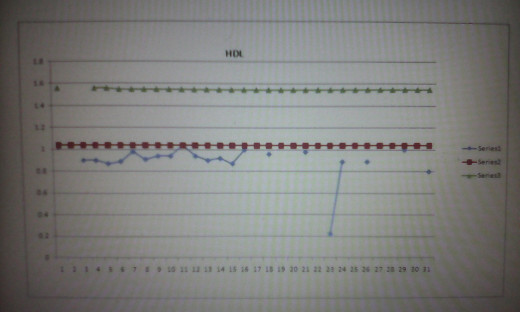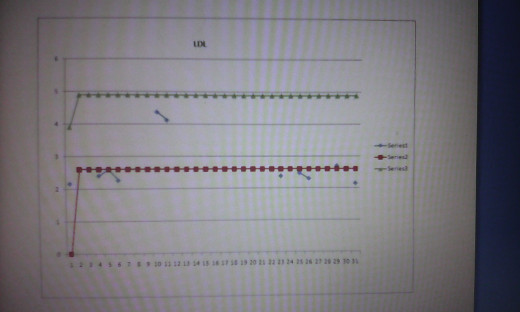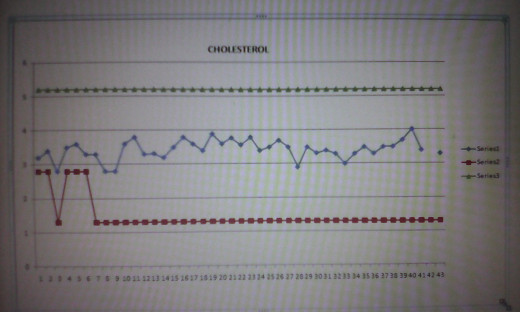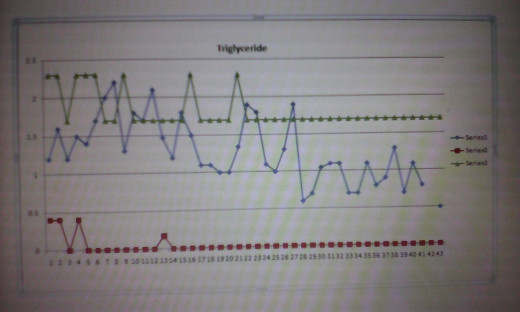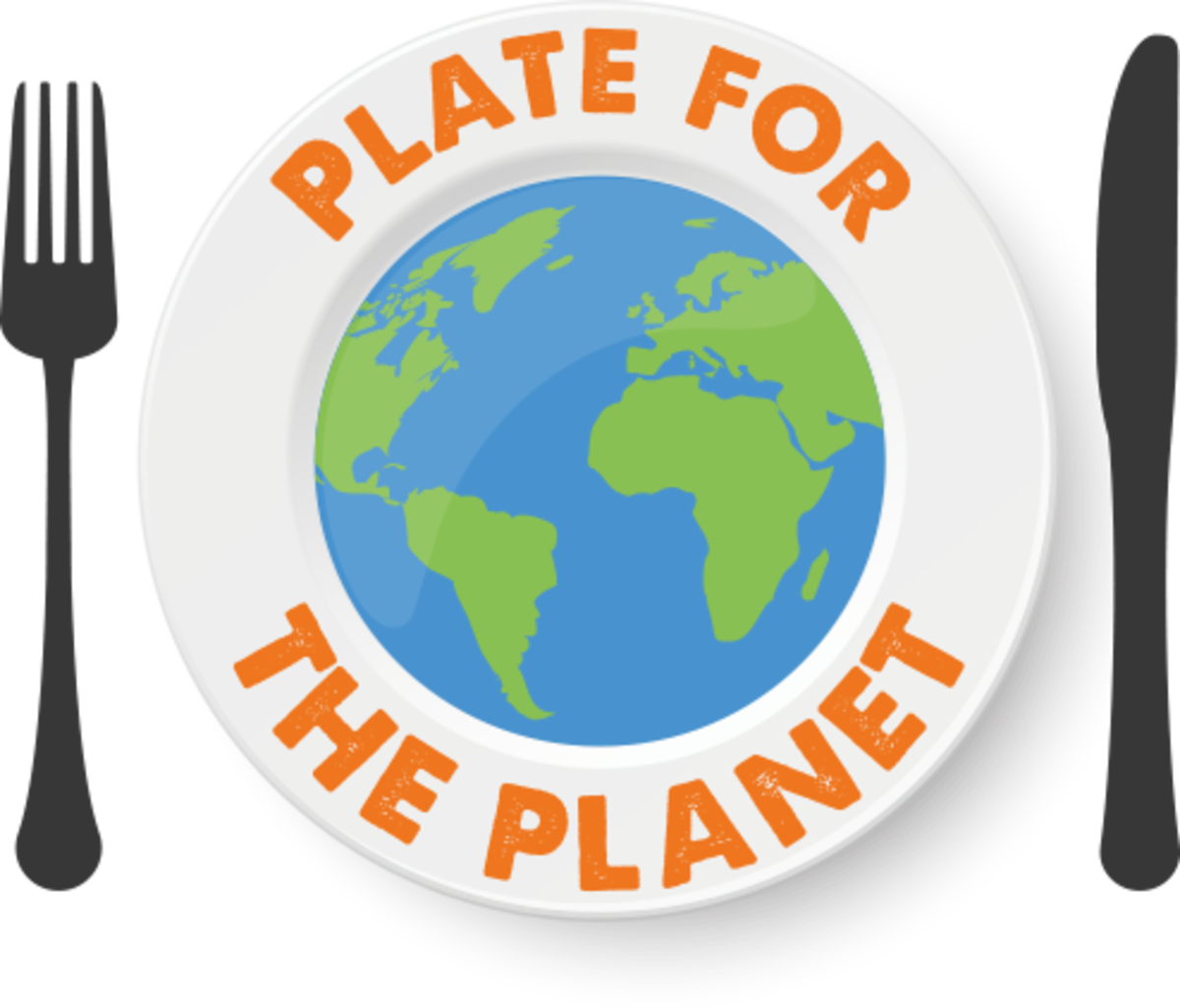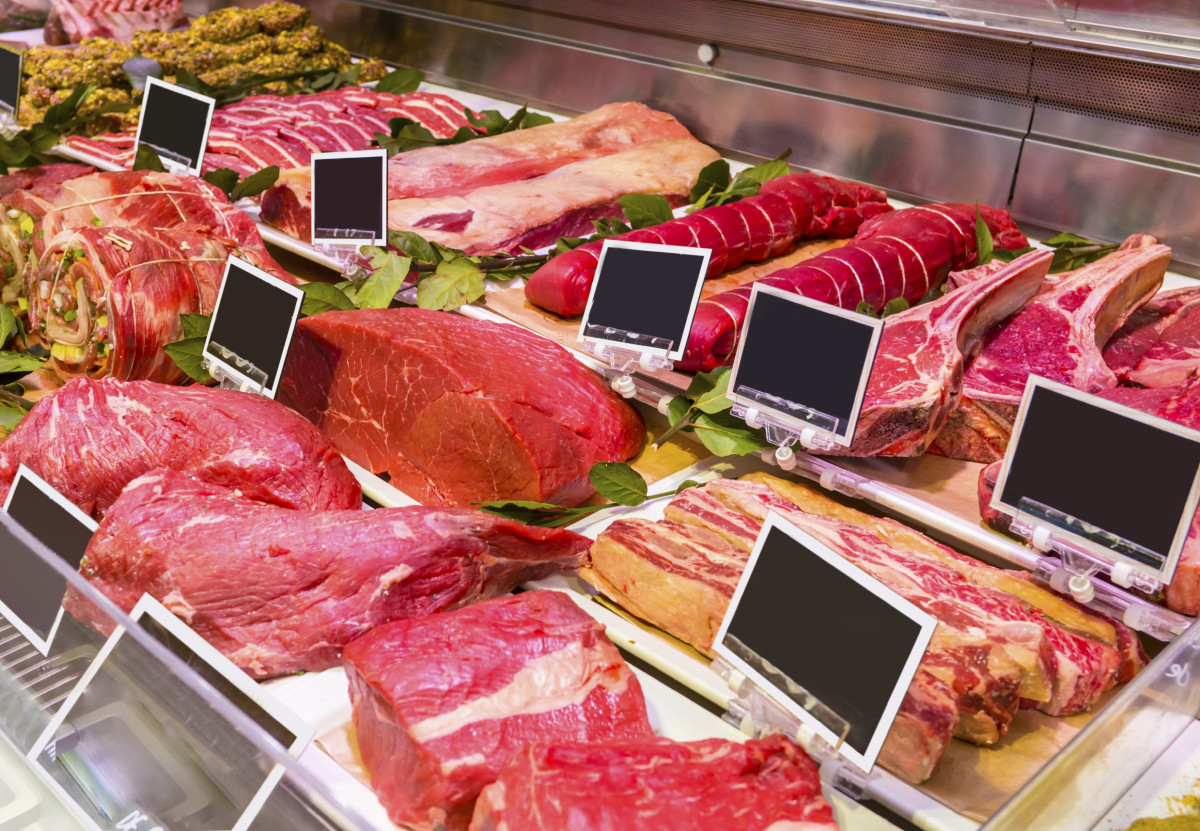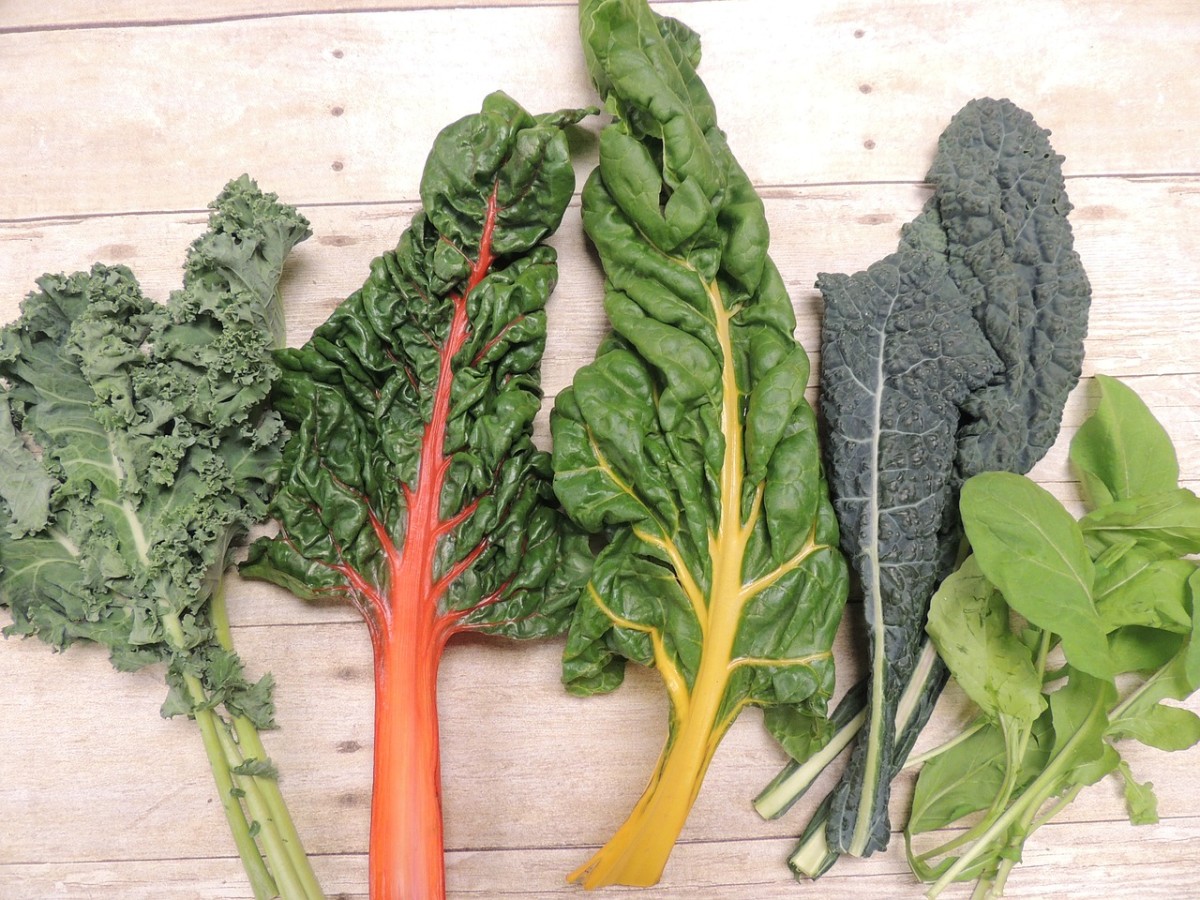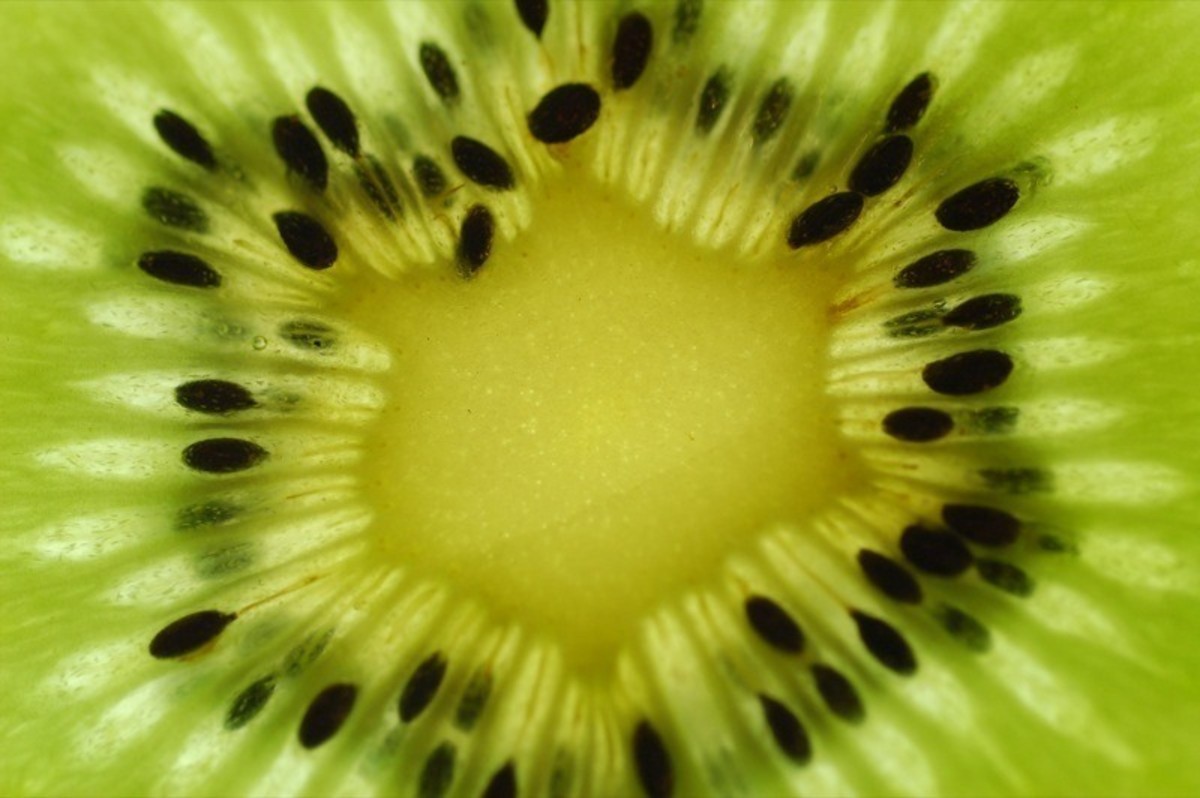GUIDE TO HEALTHY EATING-Cholesterol, HDL, LDL, Triglyceride, and Protein
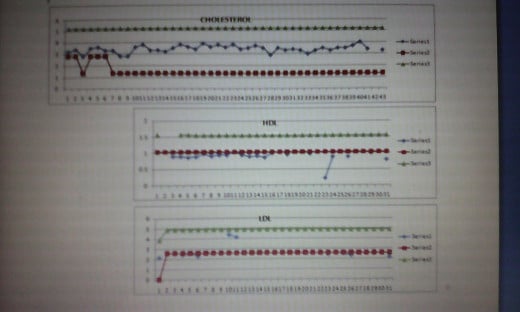
KEEP HDL AND LDL LEVELS IN PERFECT BALANCE
I would like to share with you some information which has greatly benefited me personally by helping me control my blood total cholesterol, LDL, HDL, and triglyceride levels. Before a friend handed me a copy of this chart, I always had the misconception that fat in food is equivalent to cholesterol. Choosing my food basing on this chart, I was able to reduce the prescribed dosage of drug by 50%, thereby minimizing its possible side effects and at the same time saving some money for my other needs.
Before I start on the chart, let me just clarify some important terms related to this subject :
Cholesterol - a steroid alcohol (C27H45OH) present in animal cells and body fluids that regulates membrane fluidity, functions as a precursor molecule in various metabolic pathways, and as a constituent of LDL may cause atherosclerosis.
LDL - a lippoprotein of blood plasma that is composed of moderate proportion of protein with little triglyceride and a high proportion of cholesterol and that is associated with increased probability of developing atherosclerosis.
HDL - a lippoprotein of blood plasma that is composed of a high proportion of protein with little triglyceride and cholesterol and that is associated with decreased probability of developing atherosclerosis.
Triglyceride - any of a group of lipids that are esters, formed from one molecule of glycerol with three molecules of one or more fatty acids, are widespread in adepose tissue, and commonly circulate in the blood in the form of lippoproteins - called also neutral fat.
Protein - any of the numerous naturally occurring extremely complex substances that consist of amino acid residues joined by peptide bonds, contain the elements carbon, hydrogen, nitrogen, oxygen, and occasionally other elements (as phosporous or iron), and include many essential compounds (as enzymes, hormones, antibodies). The total nitrogenous material in plants or animal substances.
Lipid - any of various substances that are soluble in nonpolar organic solvents, that with proteins and carbohydrates constitute the principal structural components of living cells, and that include fats, waxes, phospolipids, cerebrosides, and related and derived compounds.
GUIDE TO HEALTHY EATING
We have two points to remember in formulating a guide for us to follow in order to achieve our goal to prevent atherosclerosis which we know leads to heart disease and stroke. These are:
1. Decrease LDL level to the minimum limit.
2. Increase HDL level to the maximum limit.
Personal experience has proven that it is impossible to keep LDL to the minimum while at the same time keeping HDL to maximum level. Reviewing above definition of terms, we notice that both LDL and HDL are both governed by the three other variable components namely; protein, triglyceride, and cholesterol.
- The most important among the three variable components is cholesterol since LDL has a high proportion of it while HDL only has little. We must, therefore, put more focus in controlling our blood total cholesterol since reducing it has a far greater proportional effect on LDL.
- Increasing protein would be beneficial since HDL has a high proportion of it while LDL only has moderate proportion. We must take note that rich sources of protein such as meat, poultry and fish also have high amount of cholesterol. However, omega 3 in fish makes it a better alternative than both meat and poultry since omega 3 has been known to reduce triglycerides Another rich sources of protein without the disadvantage of cholesterol, and therefore, the best substitutes are beans, peas and lentils. They also contain soluble fibers which are also known to reduce cholesterol.
- Even though triglyceride has equal little effect on both HDL and LDL, keeping it within the control limits is essential since recent studies have shown that incidence of coronary heart disease tends to increase sharply and proportionately with the extent of hyperglycidemia. Triglycerides come from eating too much starchy foods and sweets which are converted into carbohydrates and counted as calories. The rule is to eat only what we can burn in the course of our daily activities, any excess would become stored fat.
We should not forget though that in the process of this difficult balancing act, each of these blood chemical components has its own control limits. Allowing them to stray beyond these limits would likewise be detrimental to our health. Here are the limits:
Cholesterol 1.3 - 5.2 mmol/L
HDL-C 1.04 - 1.56 mmol/L
LDL-C 2.6 - 4.9 mmol/L
Triglycerides 0 - 1.7 mmol/L
Total Protein 64 - 83 g/L
Note: ( 38.46 mg/dL = 1 mmol/L ) for cholesterol, HDL and LDL
I will cover the Fat and Cholesterol Comparison Chart in my next Hub, which will be the guide in choosing our food in order to control the above items.
